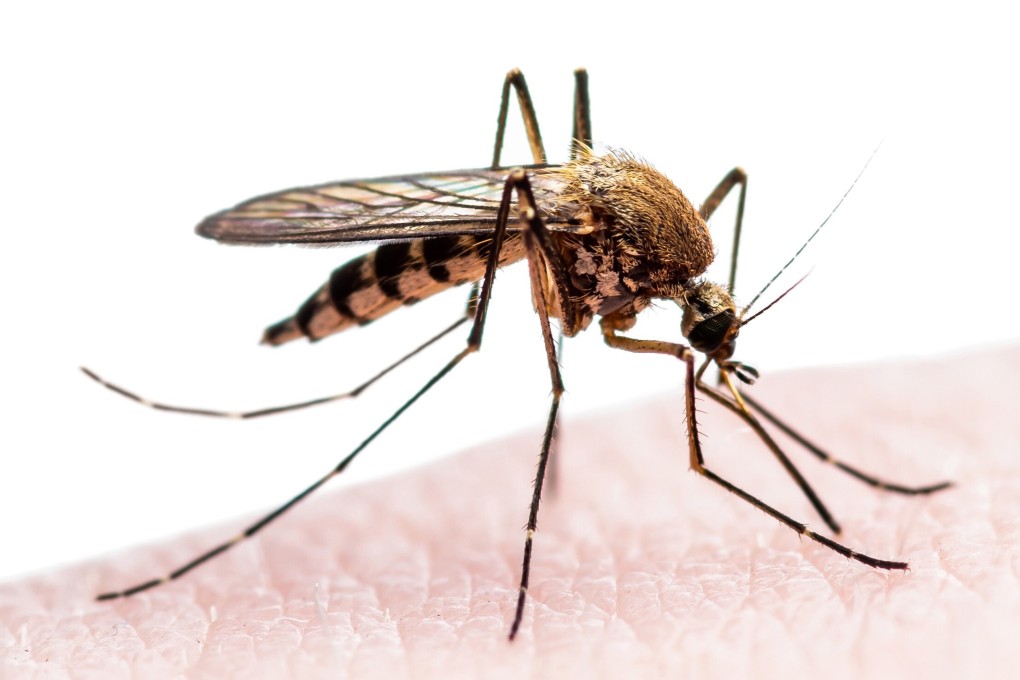China eliminated malaria. Could it be a model for the rest of the world?
- Although most deaths from malaria occur in Africa, the Greater Mekong Subregion is a serious concern with the presence of drug-resistant strains
- Helping the global fight against the disease is in China’s interest, too, especially when trying to manage around 3,000 imported cases a year

But for public health experts such as Cao, who is deputy director of the Jiangsu Institute for Parasitic Diseases, passing that milestone simply means moving to a new phase in which China plays a different role: applying the Chinese experience in the global fight against malaria, particularly in Africa and the Greater Mekong Subregion.
Africa accounted for 94 per cent of the malaria cases and deaths worldwide in 2019, a year in which there were an estimated 229 million cases and 409,000 deaths from the disease.
“We used to receive help or technology from others, but in recent years we have been working more with less developed countries and taking on the role of exporting technology,” Cao said. “With domestic and international collaboration, we eliminated malaria in China, which I believe will free the world of malaria.”
In the annual Goalkeepers Report released by the Bill & Melinda Gates Foundation last week, China was praised for not stopping at its own accomplishment but going on to help other countries eliminate malaria, including adapting and sharing lessons learned, supplying antimalarial drugs and products, supporting Africa to establish a robust public health system and funding raw materials and technical support.
“China has enormous capacity and potential for innovation and a strong commitment to help address the health and development challenges facing developing countries,” said Yang Jianyue, deputy director of the Gates Foundation’s China office.